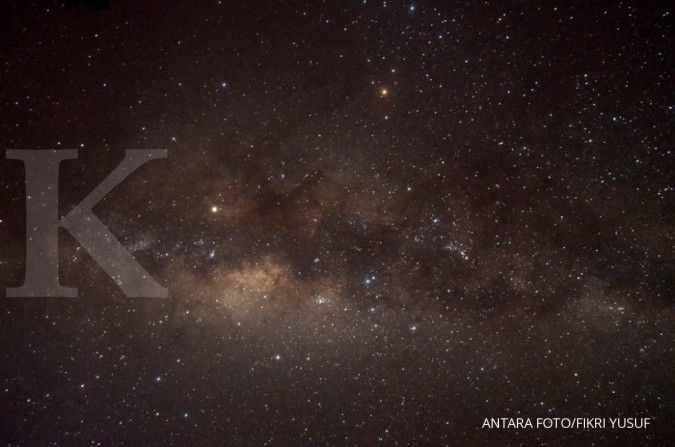ILLUSTRATION. View of the Milky Way or Milky Way. BETWEEN PHOTOS/Fikri Yusuf
Source: Channelnewsasia.com | Editor: Handoyo.
KONTAN.CO.ID – WASHINGTON. Using NASA’s Hubble Space Telescope, scientists have found the most distant individual star ever recorded, the bright giant they’ve dubbed Earendel. Old English for “morning star” because it existed during the dawn of the universe.
Researchers say the star, extremely hot and blue, is estimated to be 50 to 100 times the mass of our sun, while being millions of times brighter. Its light traveled 12.9 billion years before reaching Earth, meaning that the star existed when the universe was only 7 percent of its current age.
Earendel was born approximately 900 million years after the Big Bang event in the early universe. It was among the earliest generations of stars at a time when the universe was very different from today.
Also Read: This is a brief explanation of the distribution of asteroids and meteors, easy to understand
“This really opens a new window into the early days of the universe,” said astronomer Brian Welch of Johns Hopkins University in Baltimore, lead author of the study published this week in the journal Nature.
“We’re seeing stars in a period of time often referred to as Cosmic Dawn, when the first light in the universe began to glow with these first stars and when the first galaxies began to form,” Welch added.
Explaining his nickname, Welch said researchers estimate that the “morning star” that existed during the Cosmic Dawn period was a “good parallel.”
“It’s also for the ‘Lord of the Rings’ nerds out there,” he added, noting that Earendel is the same Old English word writer JRR Tolkien used for character inspiration from his starring “The Silmarillion”.
In observing objects as far away as Earendel, scientists peer into the deep past because of the enormous distances light travels from stars to reach Earth, in a sense, using Hubble as a time machine.
Also Read: James Webb, NASA’s Space Telescope With A Mission To Look At The Universe Formed
“So usually when we look at objects that are very far away, what we see is light from the entire galaxy, so millions of stars are all converging and we can see them to much greater distances. But in this case, thanks to a very massive cluster of galaxies in foreground, the light from this single star has just been magnified very, very high, so we can see this single star at much greater distances,” said Welch.
The first Earendel Hubble images were obtained in 2016, with 2019 follow-up observations. The researchers hope to study them further using the next-generation James Webb Space Telescope, which will enter service within months of launching in December.
Welch said the researchers were taken aback by the discovery, saying, “Yeah, there’s definitely been a period of wondering if this might be real.”


